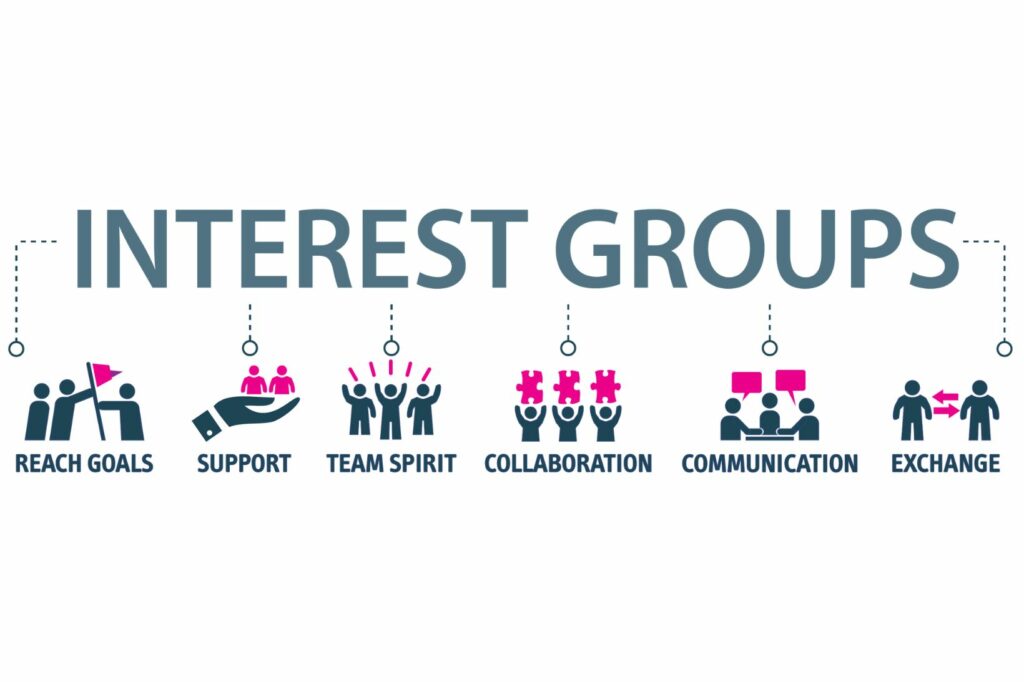In the intricate world of politics, interest groups wield significant power, shaping public policy in ways that often go unnoticed. These organizations, representing a diverse array of causes and industries, play a crucial role in the democratic process by advocating for specific agendas. Their influence extends beyond mere lobbying, as they employ a variety of strategies to sway decision-makers and mold legislative outcomes.
Interest groups thrive on their ability to mobilize resources and rally public support, making them formidable players in the policy arena. By aligning with like-minded individuals and leveraging media platforms, they amplify their voices and push their priorities to the forefront of political discourse. Whether through campaign contributions, grassroots movements, or strategic partnerships, these groups ensure their interests are considered when policies are crafted.
Understanding how interest groups operate offers valuable insights into the complexities of policymaking. Their influence, while sometimes controversial, remains an integral part of shaping the laws and regulations that govern society.
How do Interest Groups Influence Public Policy
Interest groups play a crucial role in shaping public policy by acting as intermediaries between the public and policymakers. Their influence often determines which issues gain political attention and how policies are crafted.
Definition and Characteristics
 Interest groups are organizations formed to advocate for specific issues and influence public policy. They possess distinct characteristics such as a clear set of goals and structured membership. Utilizing strategic communication, they strive to sway lawmakers through advocacy and education efforts. These groups vary in size and reach, from local organizations to international entities, yet all share a common purpose: to represent the interests of their members and affect policy changes.
Interest groups are organizations formed to advocate for specific issues and influence public policy. They possess distinct characteristics such as a clear set of goals and structured membership. Utilizing strategic communication, they strive to sway lawmakers through advocacy and education efforts. These groups vary in size and reach, from local organizations to international entities, yet all share a common purpose: to represent the interests of their members and affect policy changes.
Types of Interest Groups
Interest groups encompass various types, each with unique agendas and tactics.
- Economic Groups: Include associations like labor unions and trade organizations that aim to promote the economic interests of their members.
- Public Interest Groups: Focus on broader societal concerns, such as environmental protection and consumer rights, and advocate for policies benefiting the general public.
- Governmental Groups: Representative organizations from local, state, or international governments seeking to influence legislation impacting governmental functions.
- Ideological Groups: Advocate for policies based on specific political or philosophical beliefs, such as civil rights or religious freedoms.
These diverse groups use advocacy, research, and lobbying to achieve their objectives, constantly adapting strategies to remain effective in influencing public policy.
Strategies Used by Interest Groups
Interest groups employ multi-faceted strategies to exert influence on public policy. By combining various techniques, they effectively sway decision-makers and shape legislative agendas.
Lobbying Tactics
 Lobbying involves direct interaction with policymakers to persuade them towards specific legislative actions. Professional lobbyists, often experts in their fields, present detailed data and analyses to government officials. They arrange meetings and provide testimony at legislative hearings to advocate their positions. Through political contributions, they gain access to key figures, enhancing their ability to influence outcomes.
Lobbying involves direct interaction with policymakers to persuade them towards specific legislative actions. Professional lobbyists, often experts in their fields, present detailed data and analyses to government officials. They arrange meetings and provide testimony at legislative hearings to advocate their positions. Through political contributions, they gain access to key figures, enhancing their ability to influence outcomes.
Grassroots Mobilization
Grassroots mobilization engages the public in advocacy efforts, amplifying interest groups’ influence. By organizing campaigns and encouraging individuals to contact legislators, these groups create a groundswell of public support. This technique uses petitions, rallies, and local meetings to demonstrate constituency backing, pressuring lawmakers to act in favor of the interest group’s goals.
Public Campaigns and Media Influence
Public campaigns leverage mass media to shape public opinion and sway policymakers. Interest groups utilize press releases, opinion pieces, and advertisements to disseminate their messages. Social media platforms play a significant role, allowing for rapid information sharing and engagement with a wider audience. Through strategic media presence, interest groups highlight issues aligning with their agendas, driving public discourse and legislative consideration.
The Intersection of Power and Democracy
 Interest groups wield considerable influence in shaping public policy by employing a range of strategic actions. Their ability to advocate for specific agendas, mobilize resources, and engage the public ensures that their interests are represented in the legislative process. While they play a crucial role in facilitating informed decision-making and enhancing political participation, the potential for disproportionate influence and lack of transparency remains a concern. Understanding their operations is vital for comprehending the complexities of policy formation. As these groups continue to adapt and evolve, their impact on public policy will undoubtedly remain significant in the political landscape.
Interest groups wield considerable influence in shaping public policy by employing a range of strategic actions. Their ability to advocate for specific agendas, mobilize resources, and engage the public ensures that their interests are represented in the legislative process. While they play a crucial role in facilitating informed decision-making and enhancing political participation, the potential for disproportionate influence and lack of transparency remains a concern. Understanding their operations is vital for comprehending the complexities of policy formation. As these groups continue to adapt and evolve, their impact on public policy will undoubtedly remain significant in the political landscape.



